Retro Replay Review
Gameplay
Wario: Master of Disguise introduces a creative twist on classic platforming by centering its mechanics around disguise transformations. Using the Nintendo DS touch-screen, players draw specific symbols to switch Wario into one of several personas—Cosmic Wario for laser attacks, Artsy Wario for block creation, and more. This drawing mechanic feels novel at first, offering a tactile connection to the action and rewarding experimentation as players learn which shape triggers which disguise.
(HEY YOU!! We hope you enjoy! We try not to run ads. So basically, this is a very expensive hobby running this site. Please consider joining us for updates, forums, and more. Network w/ us to make some cash or friends while retro gaming, and you can win some free retro games for posting. Okay, carry on 👍)
Each level is designed to highlight the unique strengths of these disguises. For example, slippery ice platforms might require Ninja Wario’s grapple hook, while vertical shafts demand Drill Wario’s burrowing ability. The balance of puzzles, platform challenges, and enemy encounters ensures that no two stages feel the same, as you must constantly adapt your approach based on available powers and environmental obstacles.
The game’s pacing is bolstered by an assortment of mini-games unlocked through treasure chests scattered across each stage. These bite-sized challenges range from memory tests to stylus-based reflex trials. Successfully completing a mini-game not only breaks up the action but also grants you new disguises or collectible items, adding layers of replay value for completionists.
Enemy encounters are straightforward yet satisfying. Standard foes yield colored gems that boost specific disguise abilities, encouraging you to grind familiar areas for extra power before tackling tougher bosses. The ten episode bosses each demand intelligent disguise switching, ensuring that the touch-screen gimmick remains integral throughout rather than a one-off novelty.
Graphics
Visually, Wario: Master of Disguise embraces a vibrant, cartoonish style that suits its over-the-top protagonist. Character sprites are crisply animated, with each Wario form sporting unique flourishes—Cosmic Wario’s swirling star motifs, for example, contrast sharply against Artsy Wario’s paint-splat adornments. These distinct looks not only aid gameplay clarity but also inject personality into every transformation.
The stage backgrounds showcase the DS’s dual-screen capabilities well. While the action unfolds on the top screen, the bottom touch-screen displays intuitive drawing prompts and contextual hints. Environmental art, from neon-lit TV studios to ancient ruins, remains colorful and detailed despite the hardware’s limitations, providing a consistently appealing backdrop for Wario’s hijinks.
Special effects, such as Cosmic Wario’s laser blasts or Explodo Wario’s fiery blasts, pop with satisfying bursts of light and color. Even the mini-games benefit from playful visual feedback—correct answers trigger cheerful animations, while mistakes prompt wry expressions from Wario himself. Overall, the presentation feels polished and cohesive, reflecting Nintendo’s penchant for tight art direction.
Story
The narrative of Wario: Master of Disguise is deliberately lighthearted and comedic, revolving around Wario’s eternal quest for wealth. After watching a TV show about a master thief, he crashes the production to steal a magical disguise wand. This premise provides a fun excuse for the game’s episodic structure, as each TV-show “episode” serves as a self-contained level with its own theme and boss.
Dialogue and cutscenes lean heavily into slapstick humor, with Wario making greedy quips and the show’s host reacting in exasperation. While the story isn’t meant to rival deep RPGs or cinematic adventures, it does a fine job of framing each set of levels, giving context for why Wario needs the disguises and what’s at stake—namely, piles of treasure and the admiration of viewers.
Collectible treasures peppered throughout the stages reinforce the theme of acquisitiveness, and journals or hidden secrets reveal amusing tidbits about Wario’s world. Fans of the character will appreciate the little character moments and references to past Wario titles, while newcomers can simply enjoy the zany scenario as a standalone romp.
Overall Experience
Wario: Master of Disguise stands out as one of the more inventive platformers on the Nintendo DS, leveraging the system’s touch-screen to create a disguise-based gameplay loop. While the drawing mechanic can feel finicky at times—especially in cramped sections where precision is crucial—it generally adds a fresh dimension to traversal and combat.
The blend of exploration, puzzle-solving, and stylus-driven mini-games yields a varied playthrough that rarely overstays its welcome. The difficulty curve is balanced, although a few boss fights demand quick reflexes and mastery of disguise transitions. Collectible hunters will appreciate the range of treasures and unlockables, which encourage revisiting earlier episodes to uncover every hidden chest.
Graphically appealing, mechanically inventive, and flavored with Wario’s trademark humor, Master of Disguise offers a robust portable adventure. Whether you’re a longtime Wario fan or simply seeking a handheld platformer with a twist, this title delivers a memorable journey packed with surprises—making it a worthy addition to any DS library.
 Retro Replay Retro Replay gaming reviews, news, emulation, geek stuff and more!
Retro Replay Retro Replay gaming reviews, news, emulation, geek stuff and more!
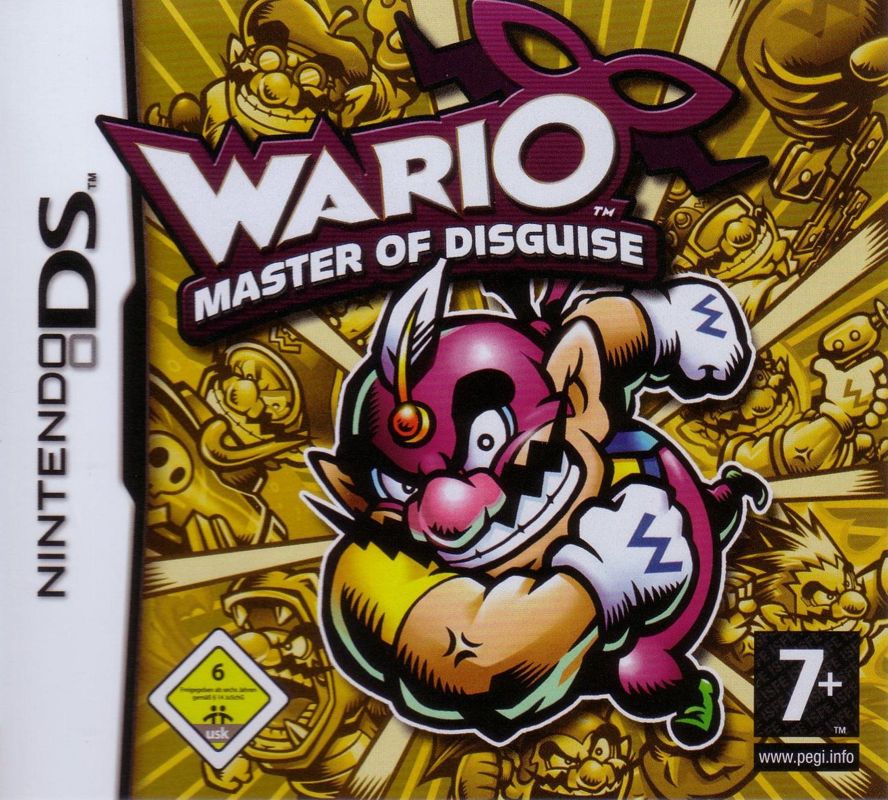
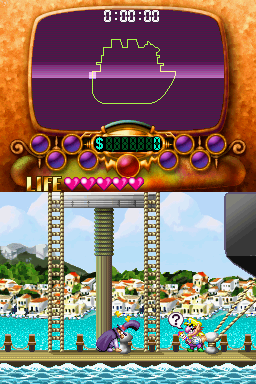
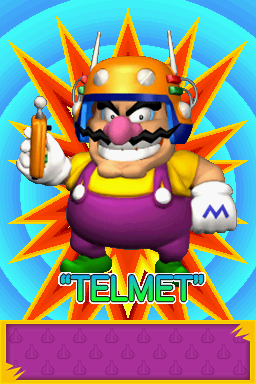
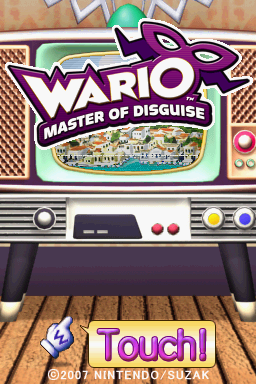
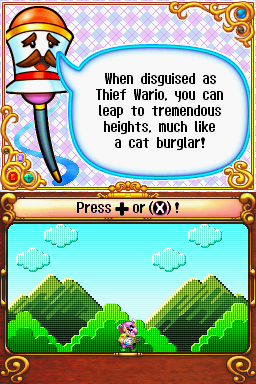
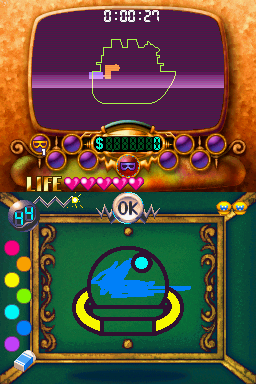



Reviews
There are no reviews yet.